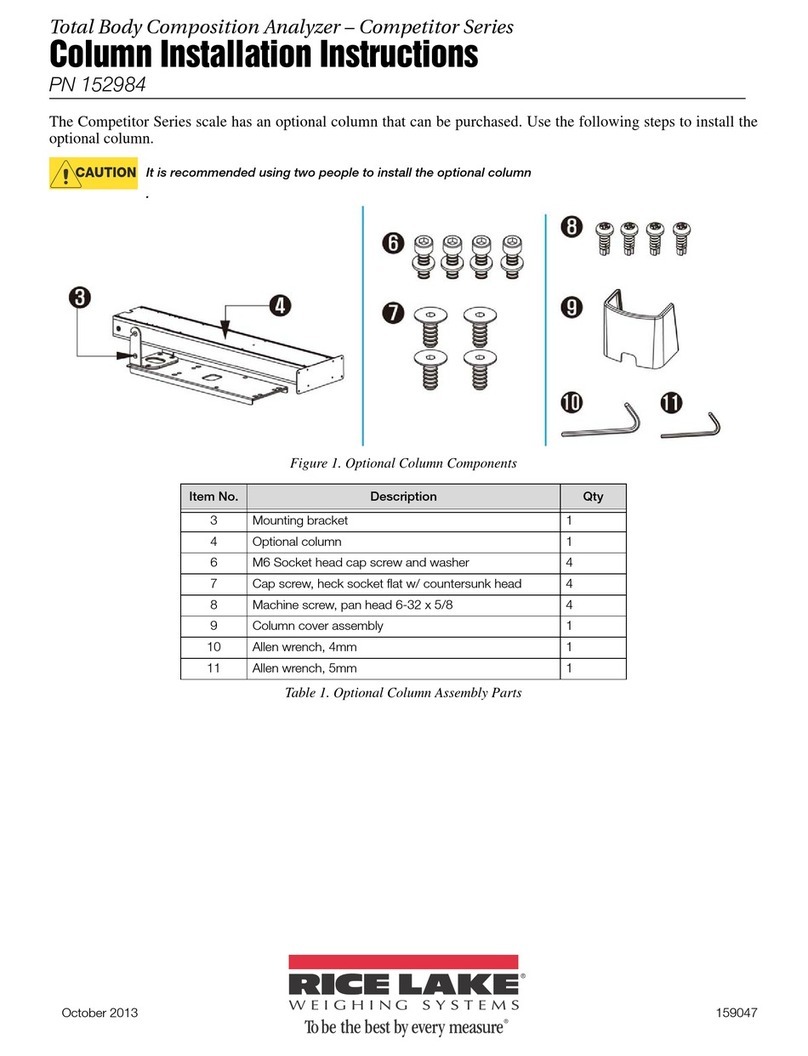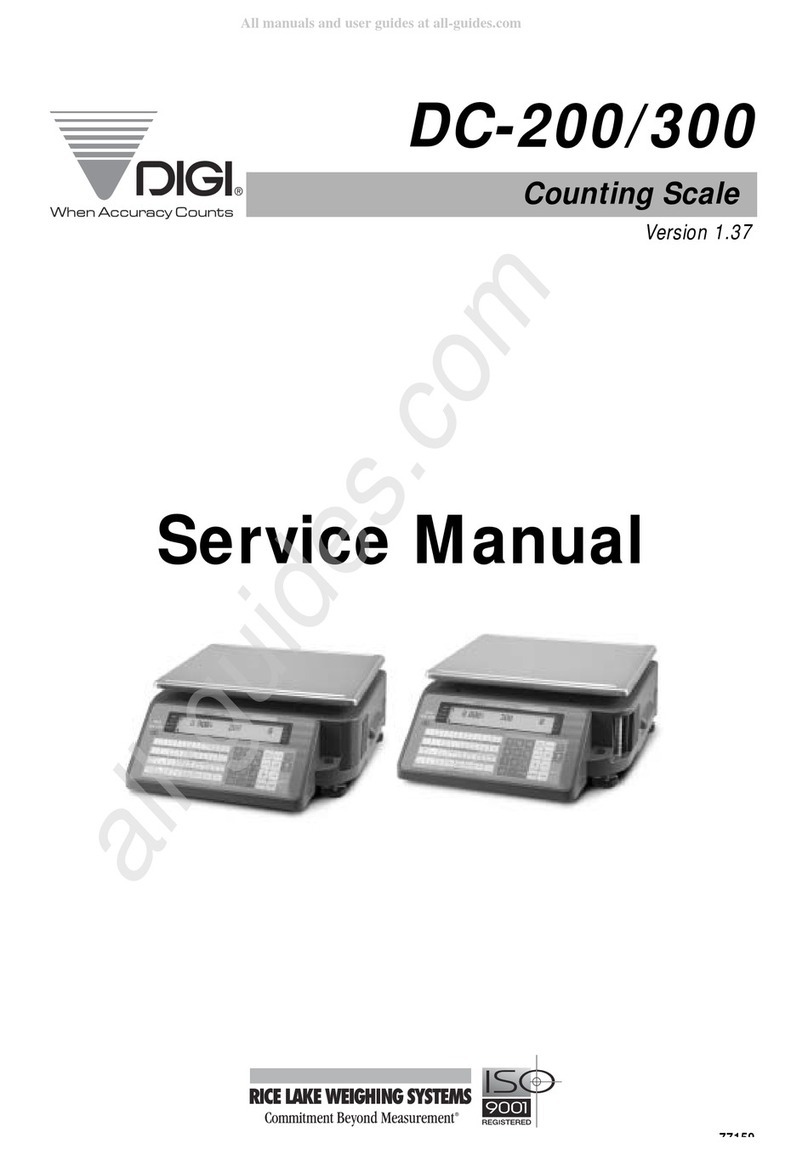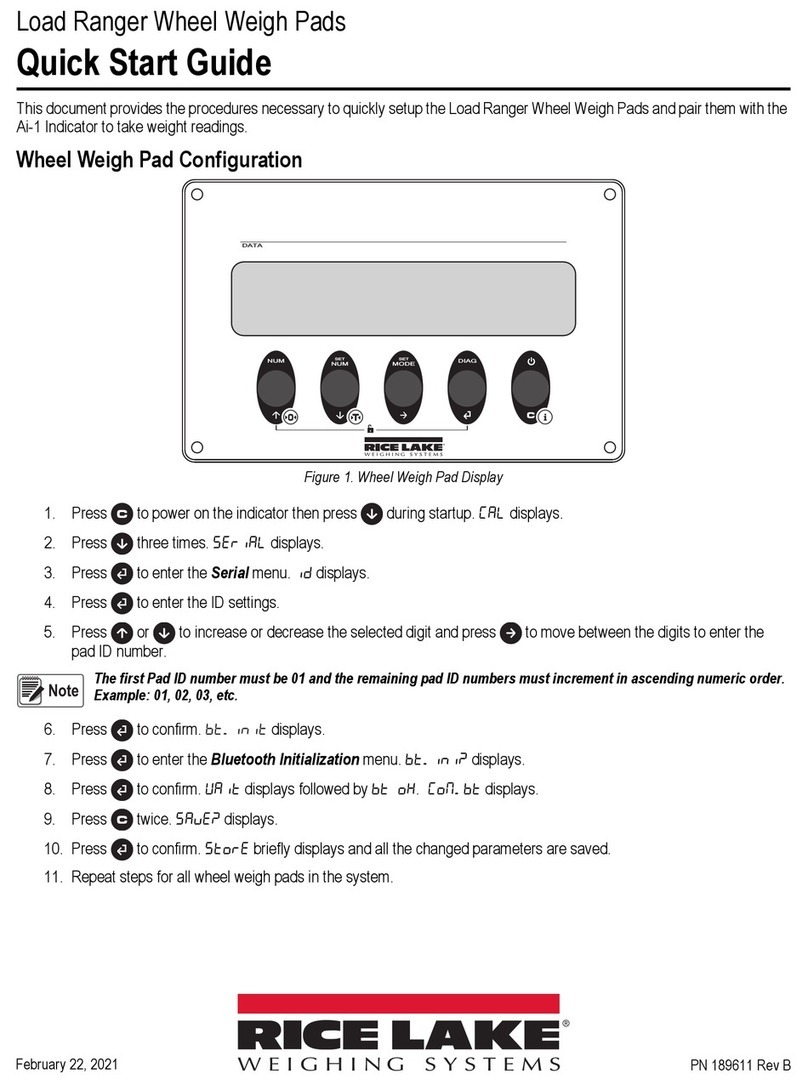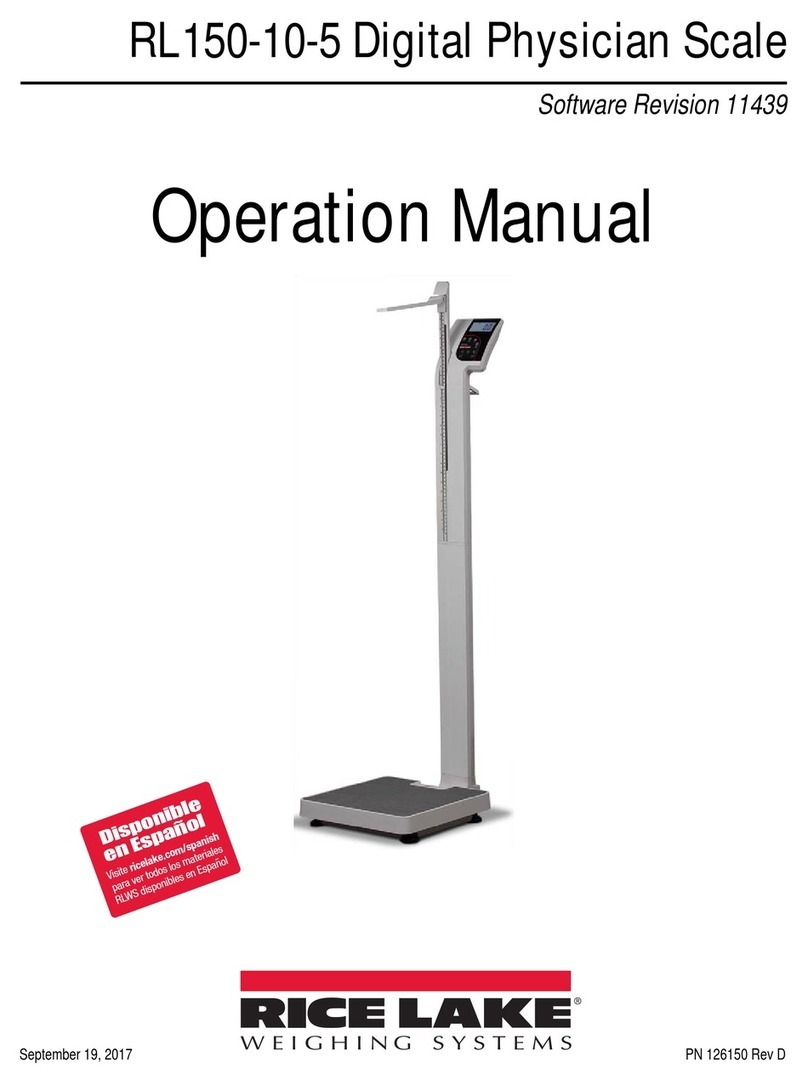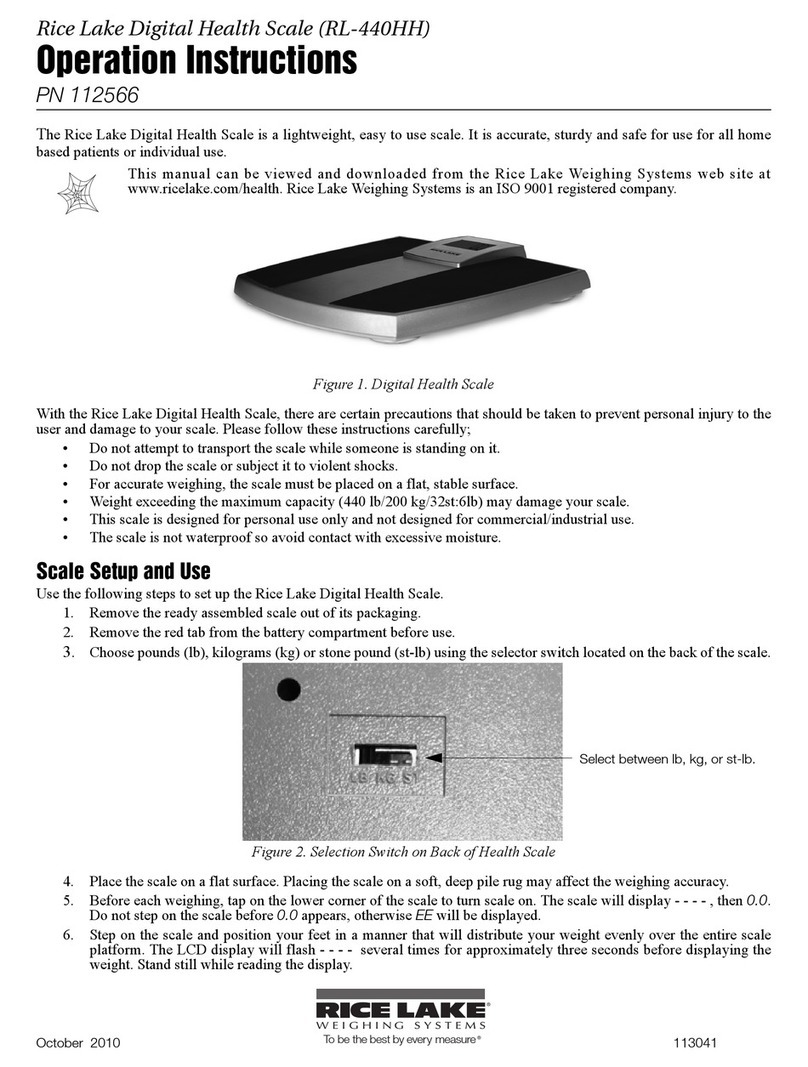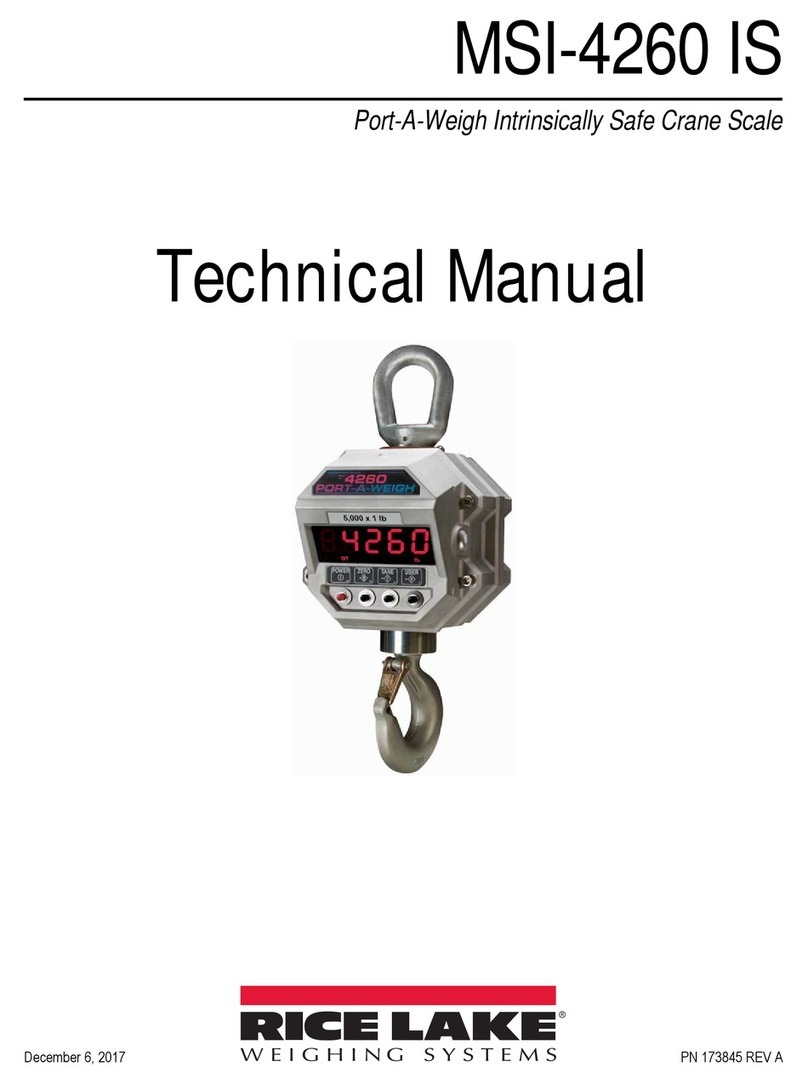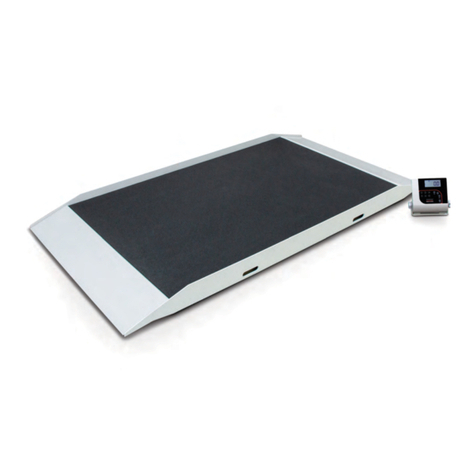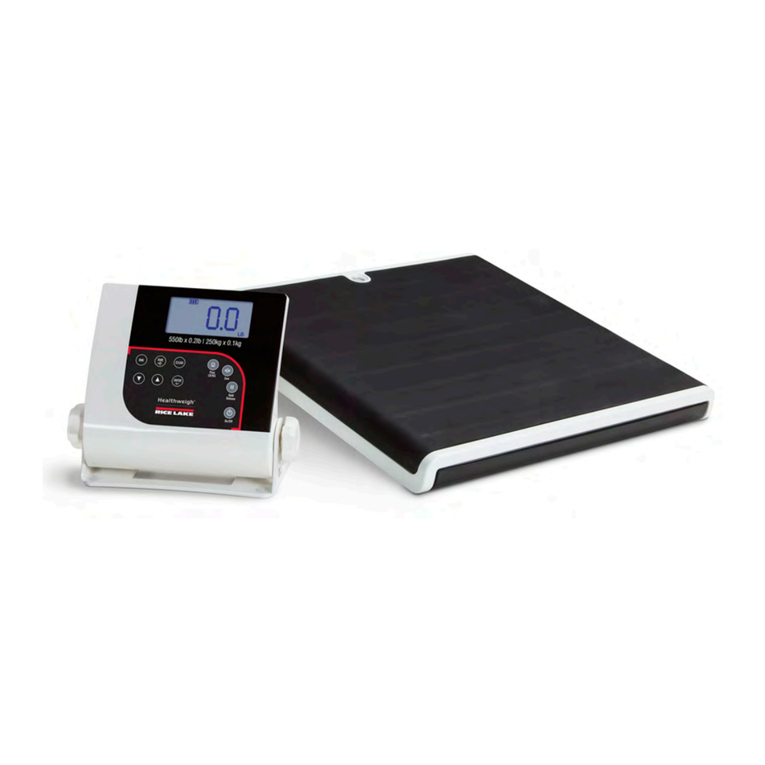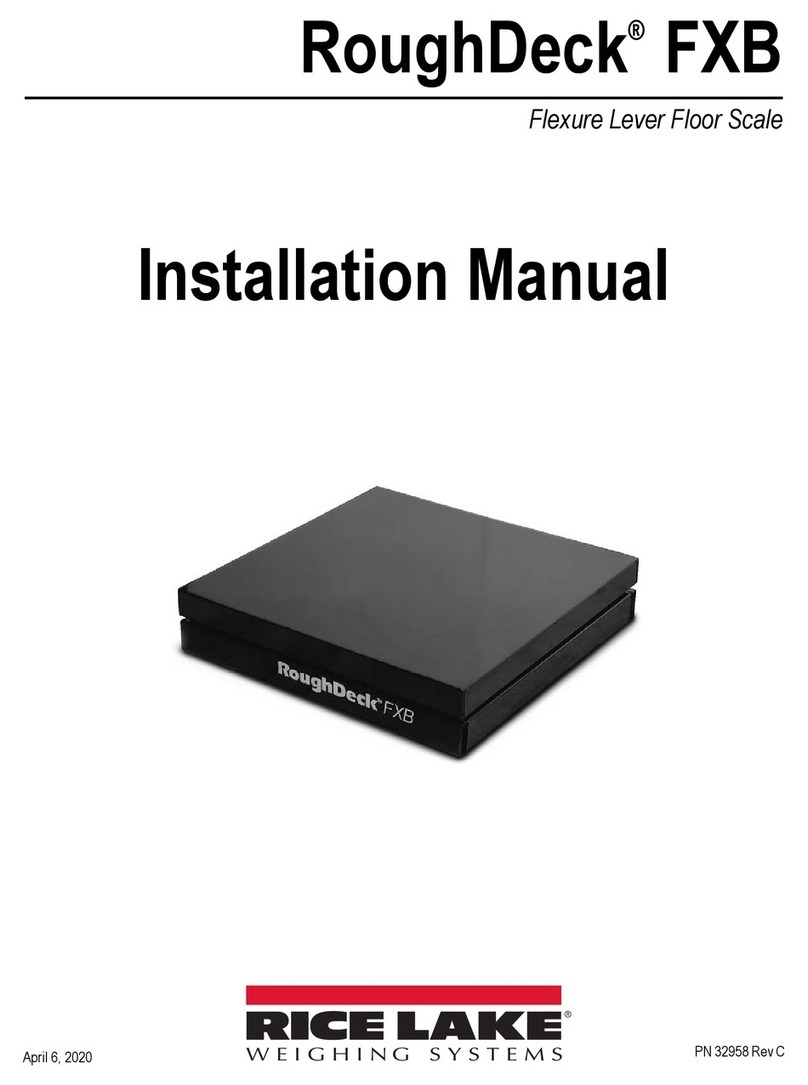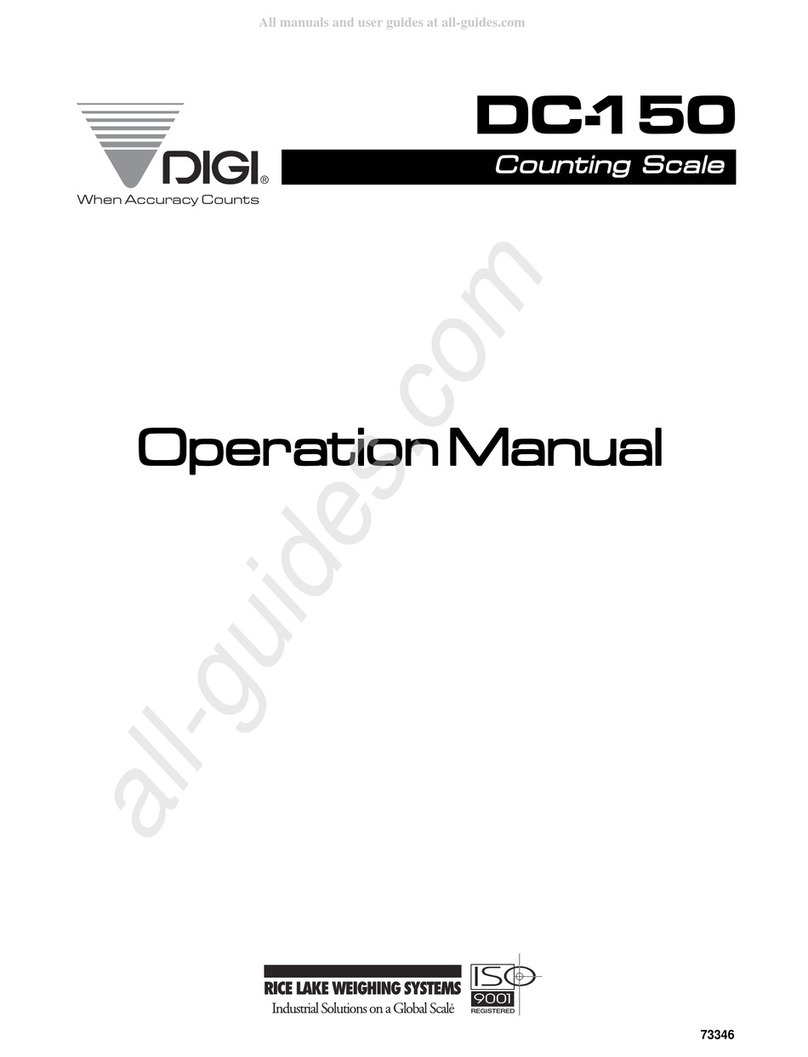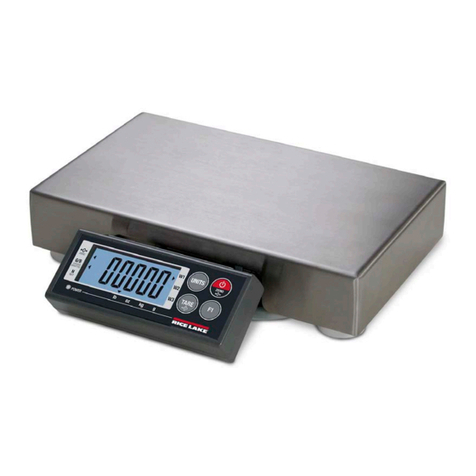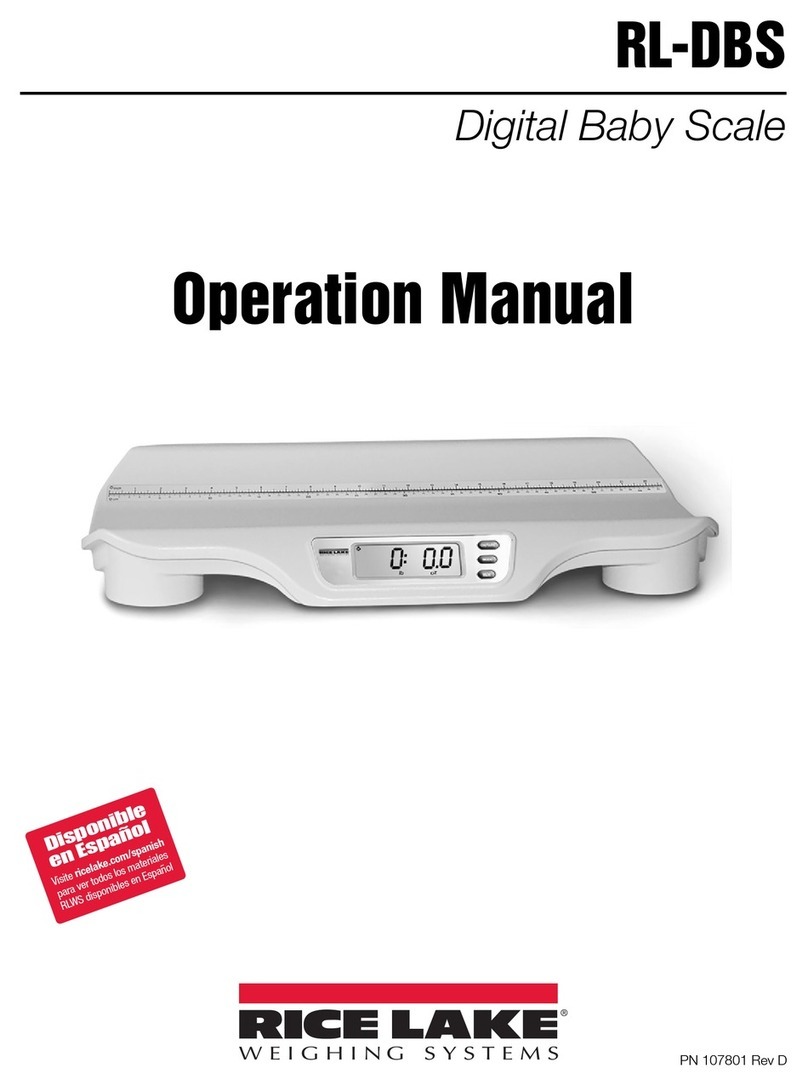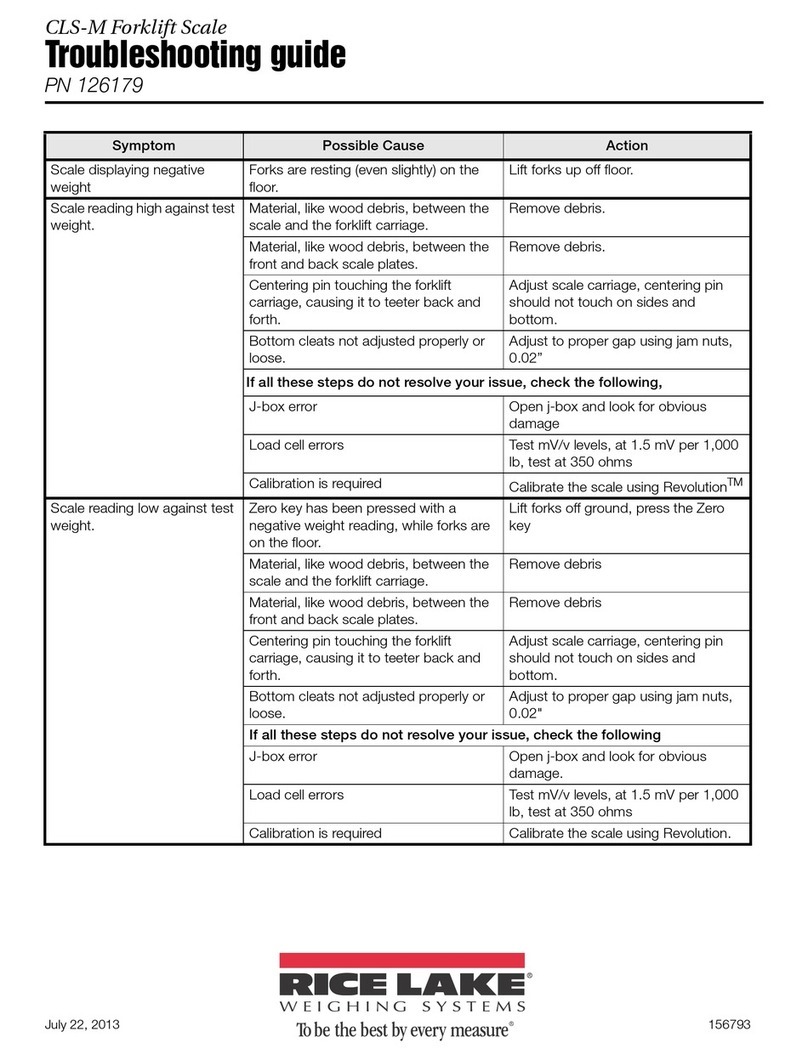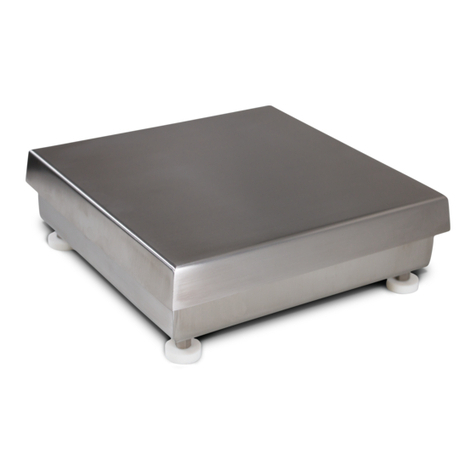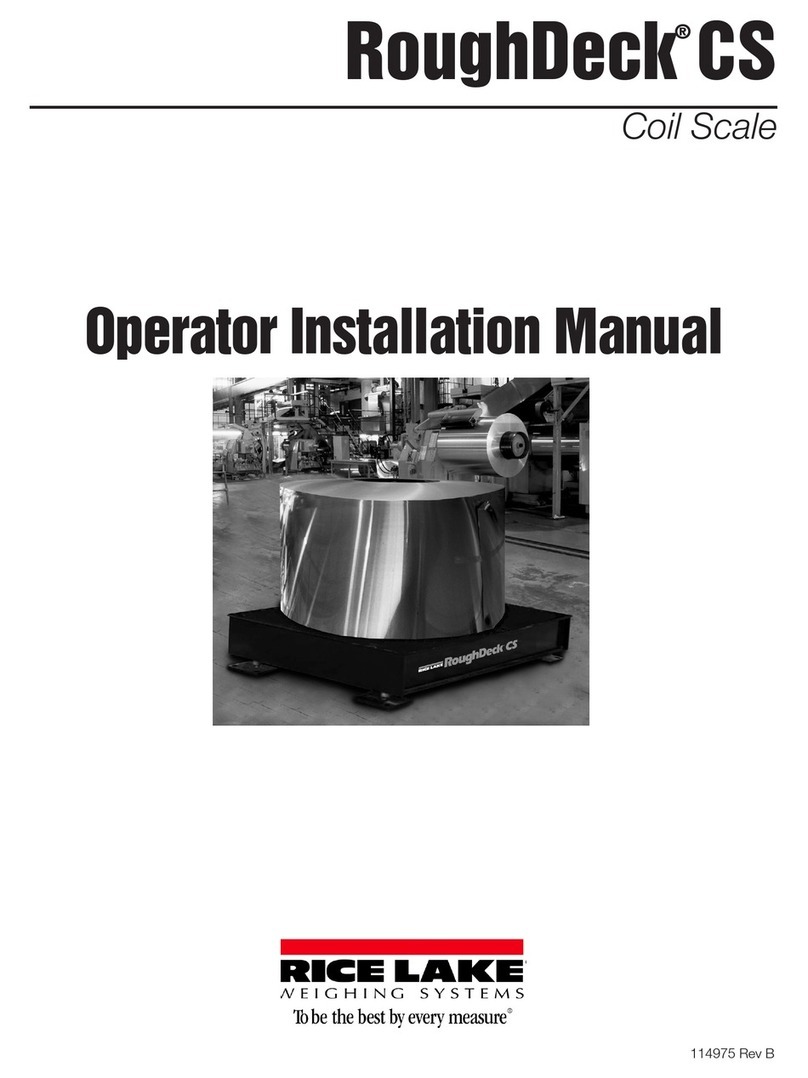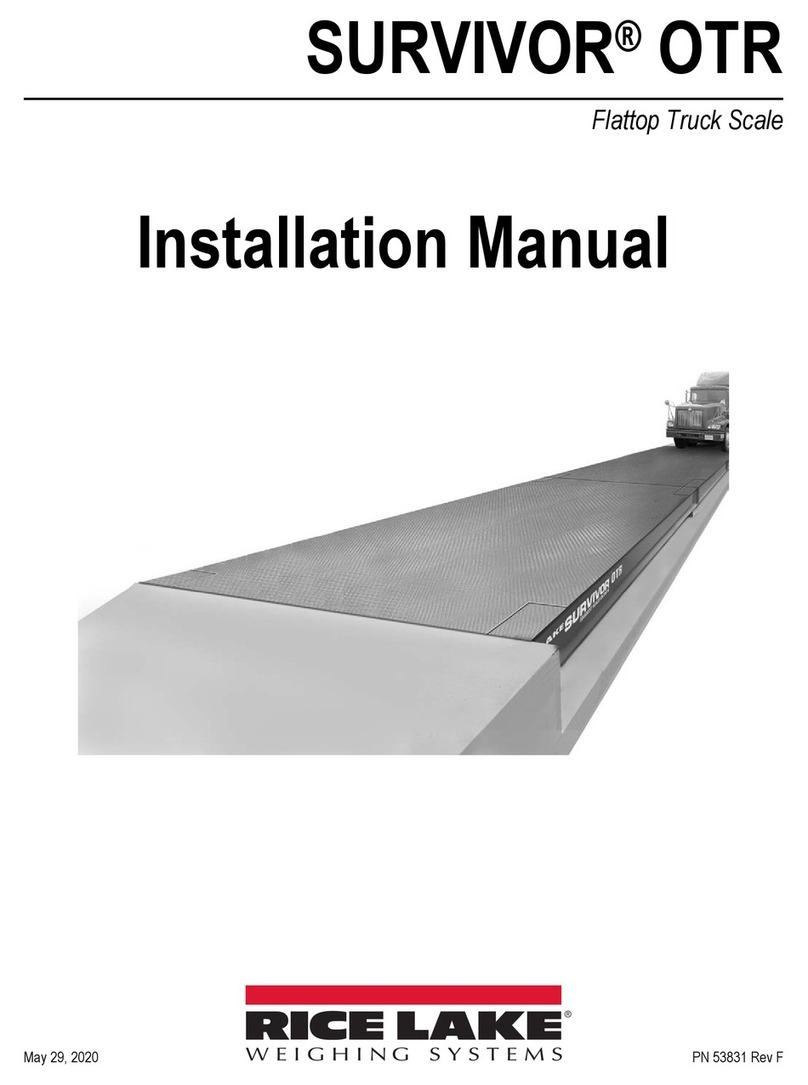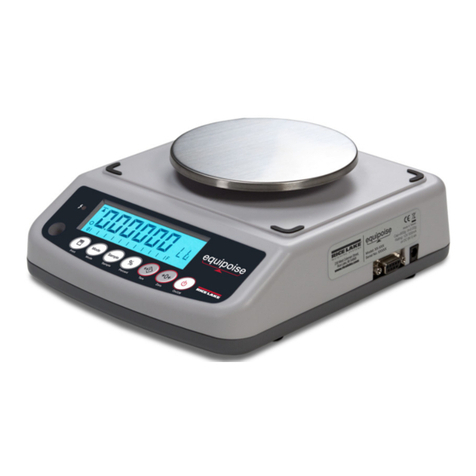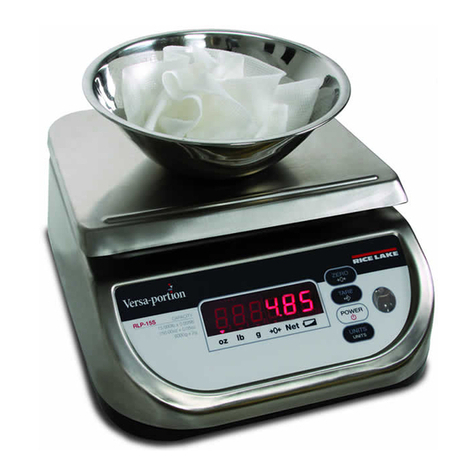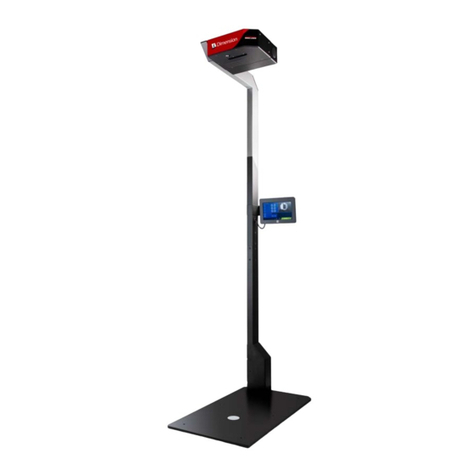
Installation Overview 1
Introduction
This manual is intended for use by technicians
responsible for installing and servicing the
SURVIVOR®ATV Series portable truck scale. The
ATV truck scale has been designed to significantly
reduce installation time. A well-organized,
experienced installation crew should be able to install
a typical three module 70' x 11' ATV truck scale in
less than 4 hours. This estimated time may vary.
NOTE: This booklet covers ATV portable truck scale
installations. Use these instructions as general installation
guidelines unless the engineering drawings furnished with
your scale differ from the instruction in this booklet.
Engineering drawings furnished with your scale always take
priority over these general installation guidelines.
Refer to the engineering drawings furnished with the scale for all
component numbering sequences.
Authorized distributors and their
employees can view or download this
manual from the Rice Lake Weighing Systems
distributor site at www.ricelake.com.
Package includes: Bolt-on backfill ramp bulkheads
(removable for concrete approaches); assembled
weighbridge modules and weighbridge fasteners; load cells
with conduit fitting; load cell mounts; copper transient
bypass cables at each load cell; metal conduit on
weighbridge for load cell cable runs; flexible conduit from
load cell to metal conduit; conduit fittings for flexible to
metal conduit; polycarbonate junction box(es); homerun
cable to indicator (60'long) and print packages including
installation manual.
Package does not include: peripherals; freight charges
including material handling/crane; transportation
permits and fees; escort(s) charge; or insurance
transportation fees.
1.0 Installation Overview
The modular sections of the ATV truck scale are shipped pre-assembled and ready to be placed on a flat surface
using a crane. The self-contained modules are positioned on a prepared and level site. The weighbridge is
lowered onto the load cells by retracting the shipping stands.
The indicator is connected to one of the two junction boxes (J-boxes). That J-box is then connected to the other
J-box via an expansion cable.
You can then back fill material to bulkheads and calibrate to finish the installation.
General Assembly Order
1. Based on location of the indicator, place the first self-contained module into position on level compacted
ground or other flat surface. Asphalt is not recommended.
Note: Be sure to arrange module with the J-box positioned toward the indicator.
2. Install spacer tubes and set the other self-contained module.
3. Place center (bridge module) between end modules.
4. Retract shipping stands.
5. Back fill material.
